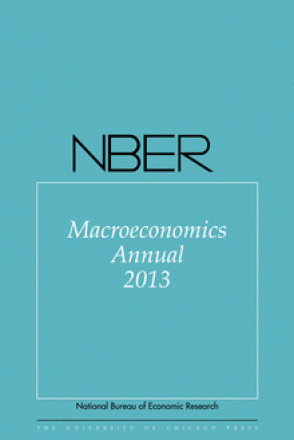Reference Dependence and Labor Market Fluctuations

You may be able to download this chapter for free via the Document Object Identifier.
We incorporate reference-dependent worker behavior into a search-matching model of the labor market, in which firms have all the bargaining power and productivity follows a log-linear AR(1) process. Motivated by Akerlof (1982) and Bewley (1999), we assume that existing workers’ output falls stochastically from its normal level when their wage falls below a "reference point", which (following Köszegi and Rabin 2006) is equal to their lagged-expected wage. We formulate the model game-theoretically and show that it has a unique subgame perfect equilibrium that exhibits the following properties: existing workers experience downward wage rigidity, as well as destruction of output following negative shocks due to layoffs or loss of morale; newly hired workers earn relatively flexible wages, but not as much as in the benchmark without reference dependence; market tightness is more volatile than under this benchmark. We relate these findings to the debate over the “Shimer puzzle” (Shimer 2005).
-
-
Copy CitationKfir Eliaz and Ran Spiegler, NBER Macroeconomics Annual 2013, Volume 28 (University of Chicago Press, 2013), chap. 3, https://www.nber.org/books-and-chapters/nber-macroeconomics-annual-2013-volume-28/reference-dependence-and-labor-market-fluctuations.Download Citation
-


